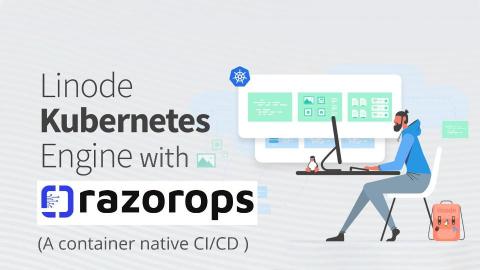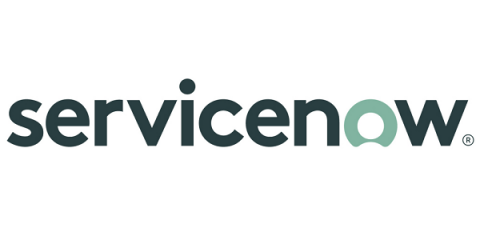Artificial Intelligence and IT - Keys to a Great AIOps Solution
Artificial Intelligence (AI) – once the basis of Science fiction is now reality. Though it is often accused of being a mere buzzword, it is very difficult to overstate its impact on the human experience, and as AI’s integration becomes more global it is necessary to understand its potential. It is important to zero in on what AI has to offer Information Technology and how integrating an AIOps driven IT department is beneficial to an enterprise.











